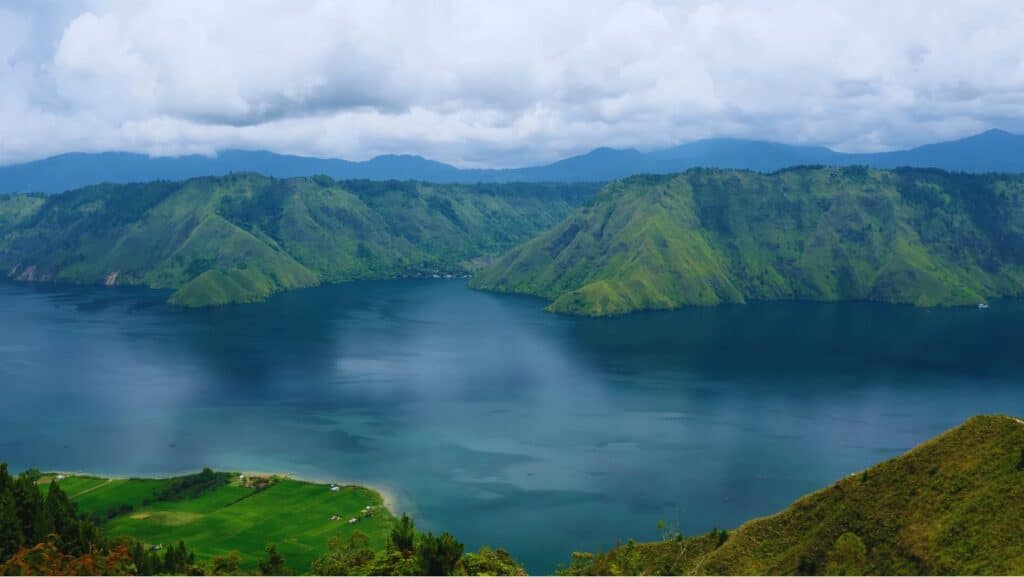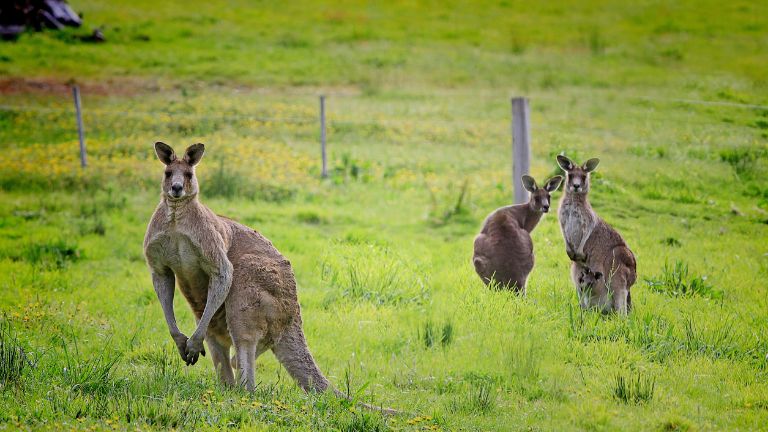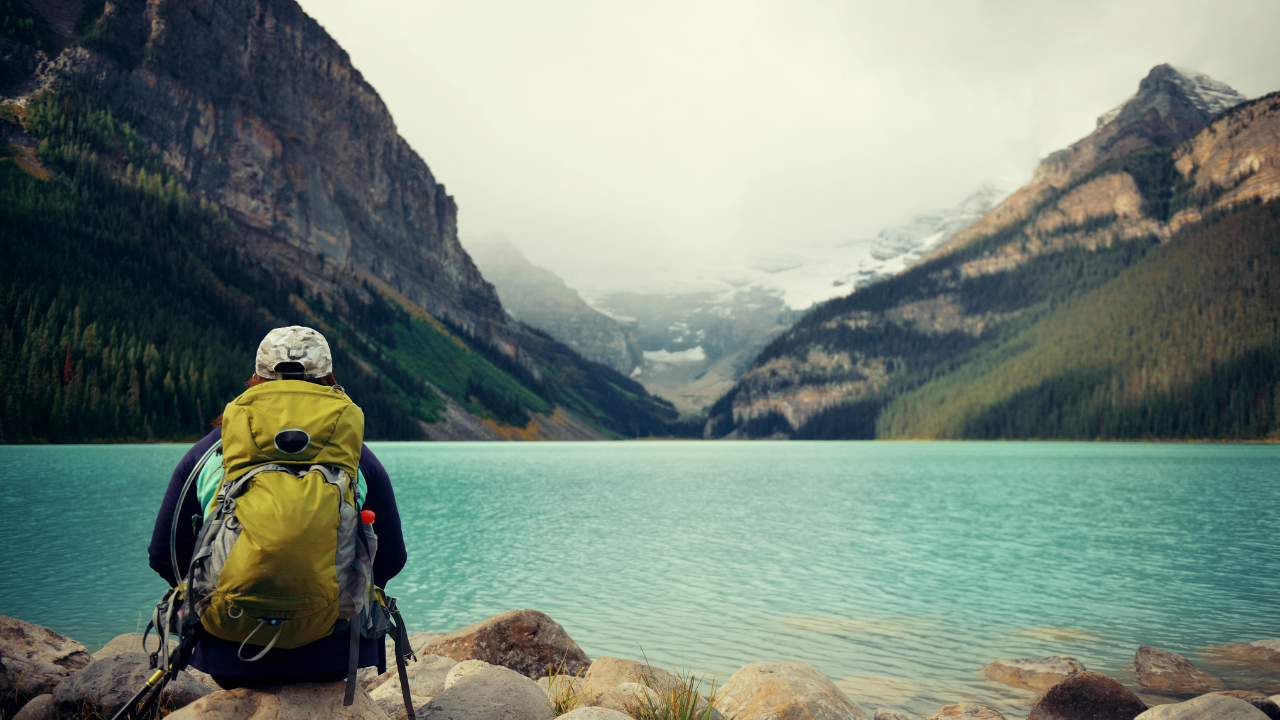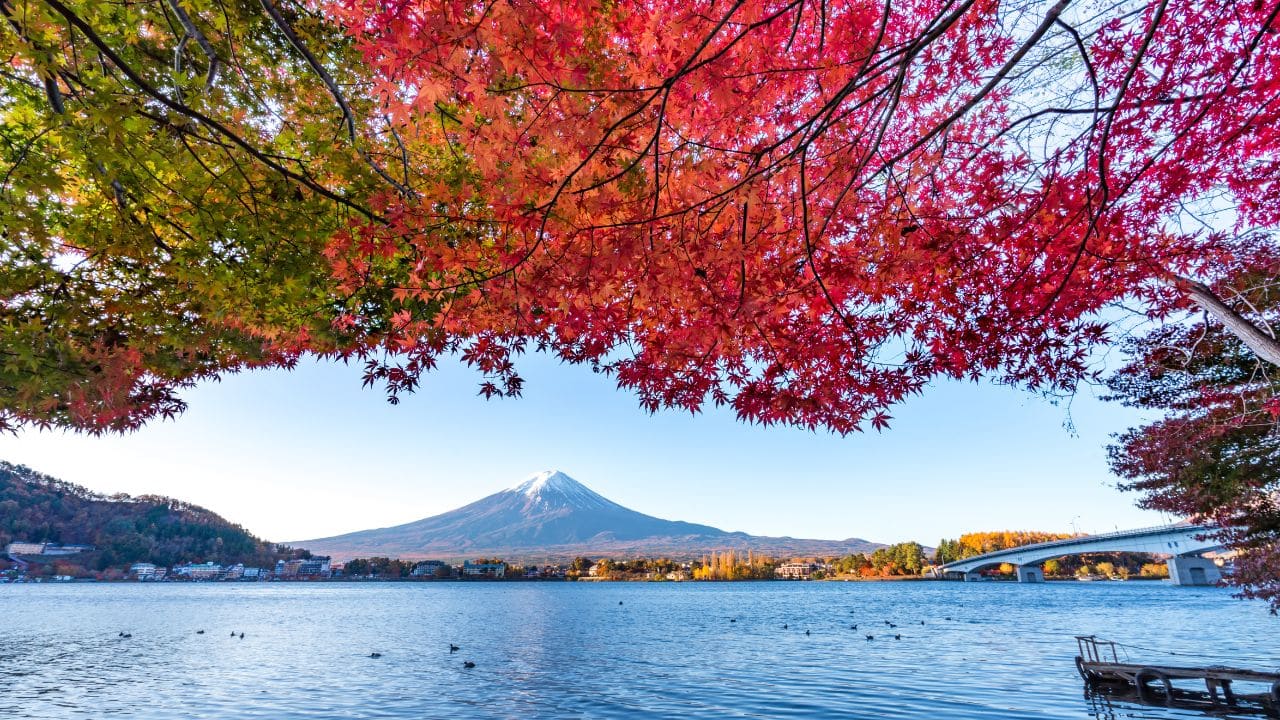Lake Toba: Exploring the Enigmatic Beauty of Southeast Asia’s Largest Volcanic Lake
Nestled amidst the lush landscapes of North Sumatra, Indonesia, Lake Toba stands as a testament to the geological wonders that shape our planet. This colossal crater lake, formed by a cataclysmic volcanic eruption, has not only left an indelible mark on the Earth’s surface but has also become a captivating destination for travelers seeking natural beauty and cultural richness. In this article, we embark on a journey to discover the enigmatic allure of Lake Toba.

Geological Origins:
Lake Toba is the result of a supervolcanic eruption that occurred around 74,000 years ago, making it one of the most powerful volcanic events in Earth’s history. The eruption led to the formation of a vast caldera, now filled with water and recognized as the largest volcanic lake in Southeast Asia. The aftermath of this colossal event shaped the landscape and influenced global climate patterns.
Breathtaking Dimensions:
Spanning over 1,700 square kilometers, Lake Toba is an expansive body of water surrounded by picturesque mountains and fertile valleys. Its depth, reaching up to 450 meters, adds to the grandeur of this natural marvel. The lake is complemented by Samosir Island, a sizable landmass within its waters that adds cultural richness to the region.
Samosir Island: Cultural Heart of Lake Toba:
At the center of Lake Toba lies Samosir Island, an integral part of the Batak culture. Accessible by ferry, the island offers visitors a unique blend of traditional Batak villages, ancient megalithic sites, and vibrant local markets. Exploring the island provides a glimpse into the rich cultural heritage of the Batak people, who have thrived in this region for centuries.
Tuktuk and Traditional Batak Architecture:
Tuktuk, a charming village on Samosir Island, is a popular destination for travelers. Here, visitors can experience traditional Batak architecture in the form of distinctive boat-shaped houses. The intricately carved facades and traditional designs reflect the cultural significance of these dwellings, offering a fascinating insight into the architectural heritage of the Batak people.
Hot Springs and Waterfalls: Natural Retreats:
Surrounding Lake Toba are hot springs and waterfalls that provide a refreshing contrast to the cool mountain air. The Pangururan Hot Springs, situated on the eastern shore of the lake, offer therapeutic bathing experiences, while the Sipiso-piso waterfall cascades dramatically from the heights of the surrounding cliffs, adding to the natural splendor of the region.
Culinary Delights: Batak Cuisine:
A visit to Lake Toba would be incomplete without indulging in the local culinary delights of the Batak people. Traditional dishes such as Babi Panggang (grilled pork) and Arsik (spicy fish stew) showcase the unique flavors and culinary heritage of this region. Local markets and eateries on Samosir Island provide an opportunity to savor authentic Batak cuisine.
Conclusion:
Lake Toba, with its geological significance, breathtaking landscapes, and vibrant cultural tapestry, stands as a remarkable destination that beckons travelers seeking a harmonious blend of natural wonders and cultural richness. Whether exploring the ancient traditions of the Batak people on Samosir Island, relaxing in hot springs, or marveling at the vastness of Southeast Asia’s largest volcanic lake, Lake Toba offers an unforgettable journey into the heart of Sumatra’s enchanting landscapes.








